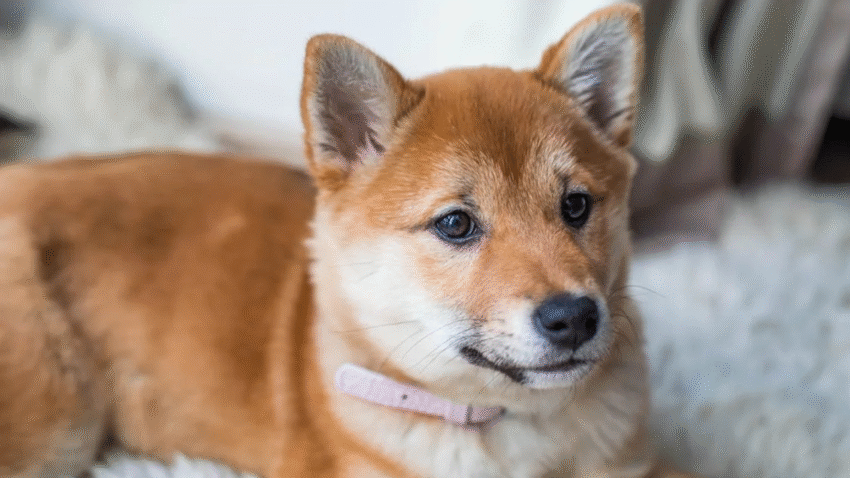Introduction
Is your dog darting after cars or lunging at passing bikes during walks? This behavior is not only dangerous—it’s stressful and potentially life-threatening. Learning how to train your dog not to chase cars or bikes is critical for their safety and your peace of mind. In this step-by-step guide, you’ll learn how to manage, redirect, and replace the instinct to chase with calm, focused behavior.
Why Stopping Chase Behavior Matters
Chasing cars or bikes may seem playful, but it’s rooted in your dog’s prey drive—a natural instinct that can become dangerous if not addressed. Training your dog not to chase:
- Prevents accidents and injuries
- Keeps your dog focused and under control in public
- Reduces stress for both dog and owner
- Improves leash manners and walk quality
This kind of training creates a safer environment for your dog and everyone around you.
Step-by-Step Guide to Stop Car and Bike Chasing
Here’s how to train your dog to stay calm and responsive instead of giving in to the chase instinct.
1. Start With Leash Training Basics
Before addressing chasing directly, your dog should have strong foundational skills:
- Teach loose-leash walking: Reward your dog for staying beside you without pulling.
- Use a short, non-retractable leash to maintain control.
- Practice “Watch me” or “Focus” to get their attention on command.
The better your dog’s leash manners, the easier it will be to control them around moving distractions.
2. Identify Your Dog’s Triggers
Does your dog react more to cars, bikes, motorcycles, or joggers? Knowing what sets them off helps tailor the training.
- Observe their body language: stiffening, staring, whining, or lunging are warning signs.
- Keep track of the distance at which your dog begins to react. This is your threshold.
3. Desensitize With Distance
- Start far enough away from the road or path that your dog notices the trigger but doesn’t react.
- When a car or bike passes, reward calm behavior immediately with treats or praise.
- Gradually decrease the distance as your dog becomes more comfortable.
This step teaches your dog that calmness near triggers earns rewards.
4. Use the “Watch Me” Cue to Redirect Focus
- Practice the “Watch me” command at home using treats held near your face.
- On walks, use this cue when a bike or car approaches. Reward eye contact immediately.
- Increase the difficulty by practicing near roads or bike paths.
Redirection gives your dog something positive to do instead of chasing.
5. Teach and Use the “Leave It” Command
- Start indoors with a toy or treat on the floor. Say “Leave it” and cover the item if your dog tries to take it.
- Reward only when they back off and look at you.
- Transition to outdoor environments, using “Leave it” when a bike or car approaches, followed by a reward when your dog responds.
This command can interrupt the chasing impulse before it begins.
6. Add Controlled Exposure
Recruit a friend to ride a bike or slowly drive by while you train at a safe distance.
- Practice “Watch me” or “Leave it” as the object approaches.
- Reward calm behavior before, during, and after the passing.
- Over time, reduce distance and increase speed as your dog remains calm.
This creates structured learning in a low-risk setting.
7. Exercise and Mental Stimulation
A bored or under-exercised dog is more likely to chase. Fulfill their daily needs with:
- Long walks or structured play sessions
- Tug games, fetch, or flirt poles for prey-driven dogs
- Puzzle toys or training games for mental enrichment
A tired brain and body lead to calmer behavior.
Common Mistakes to Avoid
1. Yelling or Punishing
Reacting with anger or force can increase anxiety or even make the chasing behavior worse. Stay calm and redirect instead.
2. Letting the Dog Self-Reinforce
If your dog chases even once and finds it fun, the habit becomes harder to break. Avoid off-leash areas near cars or bikes until the behavior is under control.
3. Inconsistent Training
Letting your dog chase “sometimes” teaches inconsistency. Set clear rules and always interrupt or redirect the behavior.
4. Skipping the Basics
Trying to train in high-distraction areas before teaching leash manners or recall often leads to failure. Build a foundation first.
5. Getting Too Close Too Soon
Pushing your dog past their comfort threshold can trigger a full-blown reaction. Stay at a manageable distance and slowly progress.
Extra Tips & Recommendations
Tip 1: Use a Front-Clip Harness or Head Halter
These tools give you better control and reduce pulling or lunging without harming your dog. Pair with positive reinforcement—not force.
Tip 2: Reward for Calm Observing
Teach your dog that calmly watching a car or bike go by earns praise and a treat. This rewires their thinking: watching quietly becomes more rewarding than chasing.
Tip 3: Practice Every Day
Short, daily training sessions (5–10 minutes) are more effective than occasional long ones. Consistency builds habits and reliability.
Conclusion
Training your dog not to chase cars or bikes takes patience, consistency, and the right strategy—but it’s completely doable. With structured desensitization, strong commands like “Watch me” and “Leave it,” and daily practice, your dog will learn to stay calm and focused in the face of tempting distractions. This not only keeps them safe but also strengthens your bond and trust in every situation.
📌 Bookmark this article as your go-to guide for stopping chase behavior and creating calm, controlled walks.
